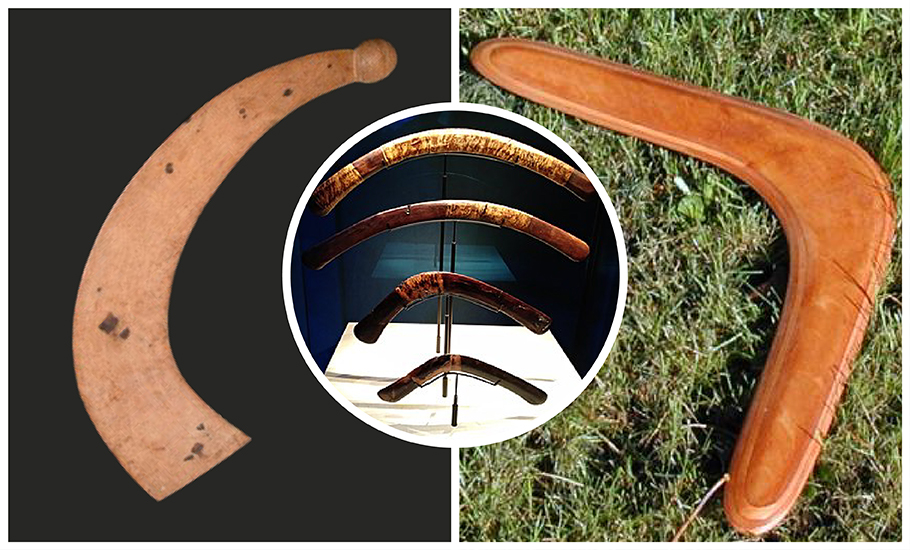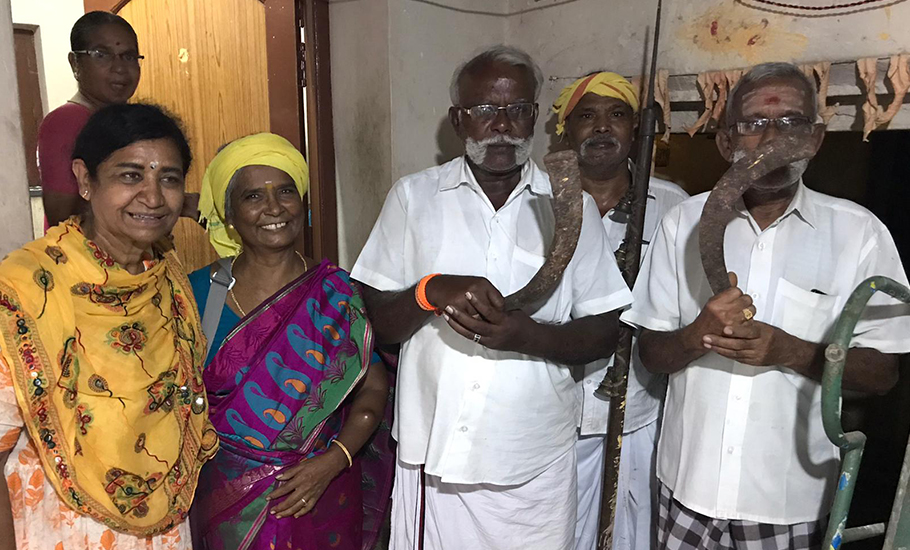
- Home
- India
- World
- Premium
- THE FEDERAL SPECIAL
- Analysis
- States
- Perspective
- Videos
- Sports
- Education
- Entertainment
- Elections
- Features
- Health
- Business
- Series
- In memoriam: Sheikh Mujibur Rahman
- Bishnoi's Men
- NEET TANGLE
- Economy Series
- Earth Day
- Kashmir’s Frozen Turbulence
- India@75
- The legend of Ramjanmabhoomi
- Liberalisation@30
- How to tame a dragon
- Celebrating biodiversity
- Farm Matters
- 50 days of solitude
- Bringing Migrants Home
- Budget 2020
- Jharkhand Votes
- The Federal Investigates
- The Federal Impact
- Vanishing Sand
- Gandhi @ 150
- Andhra Today
- Field report
- Operation Gulmarg
- Pandemic @1 Mn in India
- The Federal Year-End
- The Zero Year
- Science
- Brand studio
- Newsletter
- Elections 2024
- Events
- Home
- IndiaIndia
- World
- Analysis
- StatesStates
- PerspectivePerspective
- VideosVideos
- Sports
- Education
- Entertainment
- ElectionsElections
- Features
- Health
- BusinessBusiness
- Premium
- Loading...
Premium - Events

Why Tamil Nadu finds it easy to pick boomerang lessons

Three years ago, Roger Perry, a Sydney-based boomerang champion, was in Tamil Nadu teaching boomerang to people in the rural pockets of the state. To his surprise, Perry found people were picking the lessons real quick acing the art of letting the boomerang fly out of their hands and then catching it as it returned. Perry was quick to realise this wasn’t possible without a prior exposure to...
Three years ago, Roger Perry, a Sydney-based boomerang champion, was in Tamil Nadu teaching boomerang to people in the rural pockets of the state. To his surprise, Perry found people were picking the lessons real quick acing the art of letting the boomerang fly out of their hands and then catching it as it returned.
Perry was quick to realise this wasn’t possible without a prior exposure to the device. A little digging revealed that what helped people pick up the lessons so fast was their familiarity with valari.
Is valari or ‘valai thadi’ (bent stick) or throwing stick — an ancient hunting weapon of the Tamils — closely related to boomerang? Yes, says Perry.

“The ancient Indians used valari for protecting their cattle from predators and during war and hunting. The Aboriginal Australians relied completely on kylie (non-returning throwing sticks similar to valari) and boomerangs for hunting. We know that Indians from near the Madurai area migrated and settled in Australia thousands of years ago. The Tamils were experts in using valari,” said Perry. The weapon might have come into existence by the Sangam Age in today’s Tamil Nadu. A valari could travel a distance of 30 to 180 metres, depending on its thickness and weight. Since valari was the favourite weapon of choice in deer hunting, the British banned the use of it and confiscated all the weapons in 1801.
The oldest throwing stick, made from a mammoth tusk, was found in a cave in Poland. It is more than 30,000 years old. “The Aboriginal Australians used the throwing stick mainly to gather food. They used it occasionally for war as well. If you look at the cultural aspect, it is interesting to note that they used the throwing stick in ceremonies called corroborees (a dance ceremony of togetherness),” he added. The valari is a non-returning stick made mostly from metal but was also made from wood. It had a rounded handle for throwing.
The Aboriginal throwing stick (called kylie) generally had one long arm and one wider but smaller trailing arm. The boomerang, however, is a returning stick that Aboriginals used for hunting birds and smaller animals. “The boomerang was generally smaller and much lighter than the valari and the aerofoils were different. The Aboriginals made this by tuning the wings while the wood was wet over a fire to achieve the returning flight. The shape of the boomerang was more curved than a throwing stick or valari,” said Perry.

The oldest boomerang in the world found in Australia is 10,000 years old but cave paintings depicting boomerangs are over 20,000 years old. “The origin as mentioned is Australia for the oldest boomerang but Egypt and possibly India also used returning boomerangs,” says Perry, who captained the Australian boomerang team for 20 years and won many competitions for the country.
Many tribal communities in India, according to Perry, once used valari or throwing sticks.
The Kols of Gujarat and the Gond tribes used it for hunting. Australian Aboriginals activist and boomerang guru Ken Colbung had always believed that the boomerang must be identified and credited as the original tool of the Gonds of India. Scholars say that many still use valari for hunting birds in Madurai, Ramanathapuram, Thanjavur, Tirunelveli and Pudukkottai districts of Tamil Nadu. Even though valari is identified with communities such as Maravans and Kallars, people belonging to other communities like Valliyans, Nadars and Muslims also use it. Some even preserve it as a sacred object at their family homes.

Perry said he had an amazing trip to Tamil Nadu in 2019 and it was such an honour to be able to meet the people in Madurai region and see the amazing valaris that the people there revered. “I could sense the deep pride they had in their culture and the valaris are a huge part of this. Unfortunately, due to Covid, I didn’t have the opportunity to return but will certainly be revisiting Madurai soon,” he said. “My experience of Tamil Nadu has left a lasting impression on me. The generous hosting of myself to the various villages spending time with the people teaching the children to play boomerangs and seeing all the treasured valaris was a dream-come-true for me,” he added.
How fast can one learn the art of throwing a boomerang? Perry said one can learn to throw a boomerang very fast but it takes years of practice to be a champion. “The complicated part of boomerang is to understand the wind and correct angle to release it so it can do a full circle and return to the thrower. It takes many years of hard work to make a champion.
A full range of competition of boomerangs is required for different events and wind conditions. A boomerang that is good in light winds will not be suitable in strong and gusty wind,” said Perry.
Roger Perry has been very fortunate to travel across the world as a boomerang thrower since 1987. He has made this his life by making and selling boomerangs and demonstrations at schools and groups and spreading the word of his passion. “My greatest joy is to help new countries get started with the sport. I started this with Indonesia ten years ago and they now have the most competitors of any country in the world. My aim now is to help India become the leading country in the world of boomerangs,” he said.
As a sport, Perry said, boomerang is certainly growing in India. The country had two national tournaments and many other smaller individual and team competitions. “Vivek Montrose, who formed the Indo Boomerang Association (IBA), has been reaching out to different parts of India and holding many demonstrations and coaching clinics. They are also sending a team for the first time to take part in the World Boomerang Championships to be held in Bordeaux, France from August 15 to 26. The IBA is also a recognised member of the International Federation of Boomerang Association so it certainly has been a very busy three years for boomerangs in India,” he said.
There will be a championship in Delhi in November in which throwers from India and Australia are expected to participate. “I will captain the Australian team and help with the general running of the competition. I will also stay on for another week and enter the Indian Individual National competition along with three other Australians and one Indonesian thrower,” he said.

Perry is not only a boomerang champion, but also a leading manufacturer of boomerangs and accessories. Materials used in competitive boomerangs include carbon fibre, kevlar, plastics, epoxy glass and, of course, wood. He said sales of boomerangs are only just beginning to pick up in India. “We have been supplying the IBA with a range of beginner and competition boomerangs to get them started. Sales into shops of my range of boomerangs will take a little more time but we are likely to arrange manufacturing in India as it is costly to send from Australia and then to sell to shops,” he said. “The ideal situation for Indians is to start making their own boomerangs for competition. This will also help to improve the performance level. It all takes time but India is certainly well and truly on the way to be a leading country of boomerangs,” said Perry.
